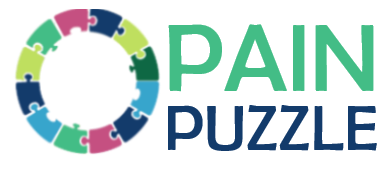If this is your first pain episode you might be worried about what has happened, what to do, or who to see. New pain can seem a simple puzzle to solve – you lifted something too heavy and strained your back and now you have pain. Sometimes it’s more complex – you just bent to put your shoes on and back pain suddenly came on. The puzzle is to work out what were the circumstances and different factors that led to you having pain on this occasion rather than the 100’s of other days when you have put your shoes on. We won’t find all the pieces but finding some of the pieces to the puzzle will help to resolve your pain and may prevent future episodes.
Back pain is common – 540 million people will have back pain today. 95% of back pain is non-specific – that means a specific cause cannot be found. The pain is definitely a real experience as you will know. It’s so common, you can think of it like a common cold, tiredness or sadness – it affects you for a few days, you make a few changes to improve your health and you get better. There’s a lot you can do to help yourself – here’s some help and advice for new pain.
If you are worried about your pain or it is significantly affecting your activities you may wish to make an appointment. I am trained to assess for rare but serious causes of pain and can provide you with treatment and advice. 8 out of 10 people feel an improvement after their first visit to an osteopath.
Treatment will involve a full case history and assessment. We will discuss the factors that may have led to this episode and make a treatment plan together. Treatment may involve hands-on massage, stretching, mobilisation and manipulation, movement and exercise training and lifestyle coaching. Coaching will help you identify activities or changes you are willing to engage in to reduce your pain and improve your health and well-being.
